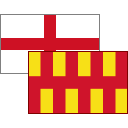
morð Old English murder + pæð Anglian path. Population - 14,018.
 UK
>
England
>
Northumberland
UK
>
England
>
Northumberland
Apr 2018+
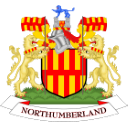
Back in the '70s, a bloke walks into a barber's in Morpeth and asks for a perm. The barber says...
'I werndered lernley as a clood...'
That's right, there's a right bit of local dialect here in Merpeth.
The key to Northumbrian pronunciation is to randomly replace two out of every three vowel sounds with 'er' except for double o's that become 'ooo'.
Things are a bit more complicated than that and it's not a definitive guide to the diphthongs but enough for a passable accent to land you a small speaking part in an episode of Vera or George Gently.
Snucking in the back of the Sanderson Arcade, the black berll is a nod to the livestock and the rural surroundings.
The period-looking courtyard has been done sympathetically enough and, just for once, doesn't make you think you could just about be anywhere.
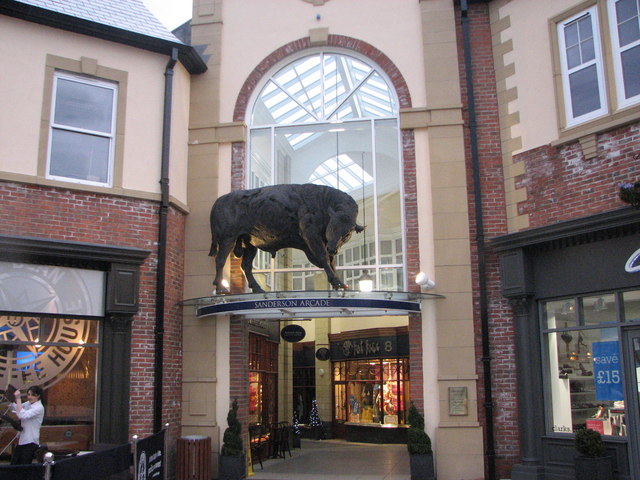

It looks like this from the front and they finished the impressive Sanderson House just in time. Hidden behind the 1939 facade, the elegant shopping area has something for everyone, they say. FatFace™?
Bob don't care. We're off now for some cake, it should only take half-an-hour.
They might not have wanted this particular pair on display in their window but you try bagging a table in their backyard on the hottest day these parts have seen this year.
Business was brisk, portions were plentiful and this looks to be somewhere adopted by ladies what lunch. They're being allowed to take their fine-looking cakes away and, after an eavesdrop, they definitely don't pronounce it Merpeth. This really was unexpectedly good.
Just the two main streets here that run off at right angles from the market square and although there have been a few previous, passing visits, none of them involved a stop.


That's probably because it's rough as owt of an evening when rival tribes from the surrounding villages clash with pitchforks on the streets.
It used to have that reputation, a bit, back in the '70s when the mines still worked but see also any market town in the UK when there wasn't much else to do but have a territorial fight on a Friday night.

The historic clock tower is 1634 although it's running a little slow today. This is one of only eight in the UK not to belong to a church with the bells still ringing out an 8 PM curfew at the pitchforked invaders, probably.
Heading past the clock tower brings you to Oldgate Bridge and the River Wansbeck.

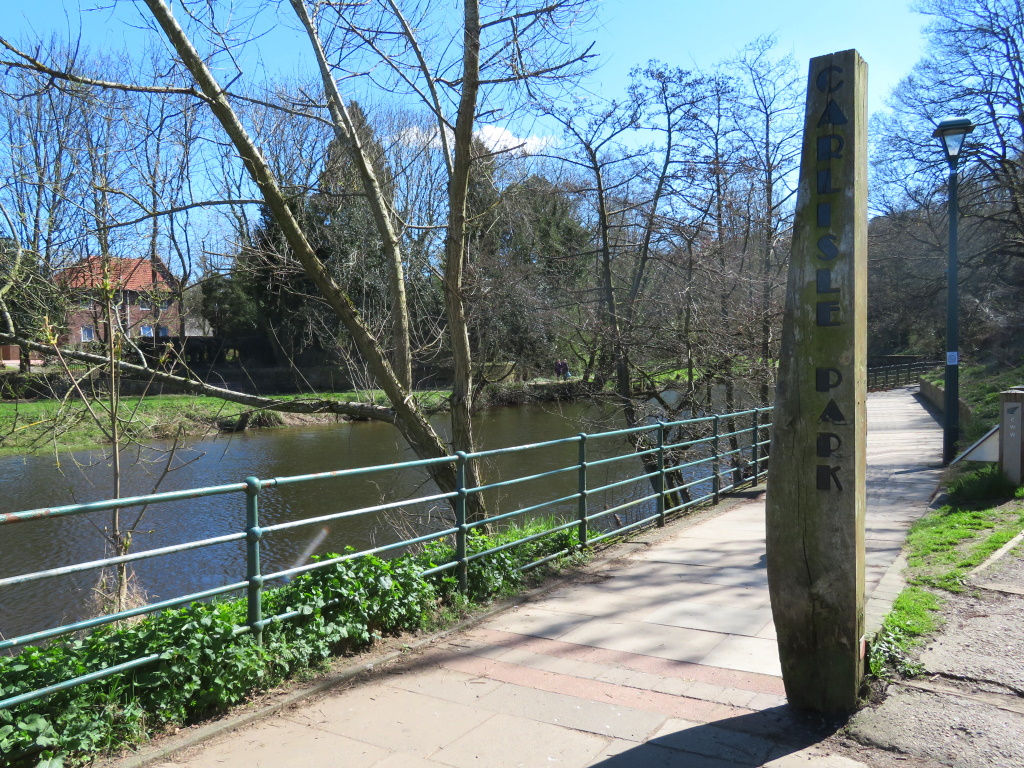
With your phrasebook in hand, you can ask for directions to Kerlise Park, named after the Countess of Carlise, whoever she was, who gifted the land halfway through World War I.
This isn't an option some days, the river's a bit of a flooder, you see, but you'll already know that if the water on the high street is up to your knees.
The undulating woodland path has enough of a rise for a view of town and the rest of the park that's down on the flat and more your traditional recreational.
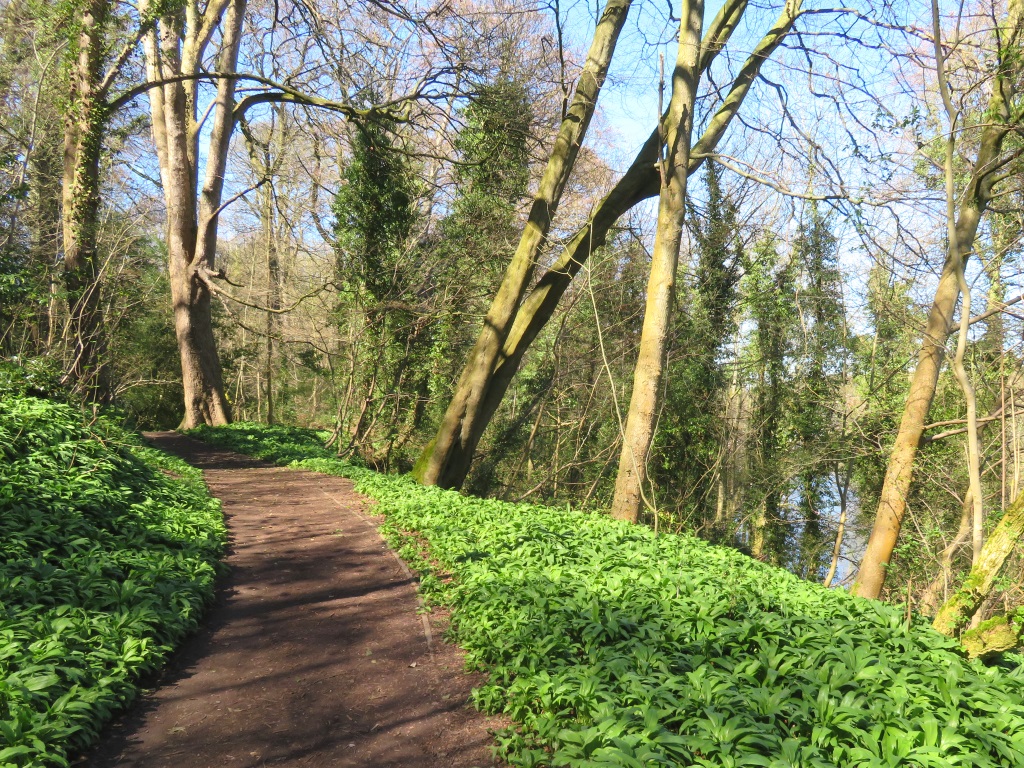
That includes a proper old-skool paddling pool, not shown, just like the ones they had back in the '70s or broken glass storage facilities as they were known then.
There's an option up on the right in the woods to Morpeth Castle or rather what's left of it. There's been one here since the 11th century, they say, but more on that in a minute.

It seems pretty certain to be open today but a man inside says otherwise so settle instead for just seeing it from the outside.


This is something else from back in the '70s, the 1270s, well, not quite. Some bits of wall remain but it's just the gatehouse that's largely intact and was basically rebuilt in the mid-1800s.
That's nearly what it will cost for four nights in July, pounds-wise, since it's a holiday home now, you see, so split that between the seven of you.
Head back the way you came or down by the track that leads the lodgers up with their luggage. Either way, you'll end up face to face with the old courthouse and gaol, which is a word you don't see nearly enough of these days.

Unlike the word 'apartments', which is what's now within these walls, but not just any old apartments, serviced ones, it seems.
The council sold it for a pound back in the '70s, you see, and you'll now be hauled up before the beak in Bedlington. Unlike the perpetrator of the merder that supposedly named this tooon and whose giblets went on public display, probably.
Locals seem to like this legend but 'moor' is more likely if not quite so fanciful and this supposedly happened back in the Dark Ages, they say, but enough already about Bedlington.
Just behind is another entrance back into Carlisle Park where there's a reminder William Turner's Avium praecipuarum, quarum apud Plinium et Aristotelem mentio est, brevis et succincta historia. William Turner? No, never heard of him, neither.
Son of a tanner, Turner was born here in the early 1500s and was one of England's pioneering natural historians with a particular eye for the birds.
He's celebrated here with an aviary, obviously, and a herb garden, not shown, but his sidelines in politics, preaching and doctoring all happened elsewhere meaning he spent as much time in Morpeth as SlyBob has.


A glimpse here of Ha' Hill, which, they say, is the site of that original, Norman castle and you can haul yourself up Her' Herl from the back although it's hardly the Himalayas.
King John ransacked this modest motte in 1216 and is why, when they rebuilt, they switched hills, probably.
Town isn't deliberately being shunned but Carlisle Park really is rather marvellous with a little more water to enjoy before returning by a footbridge and a Wetherspoon™s.
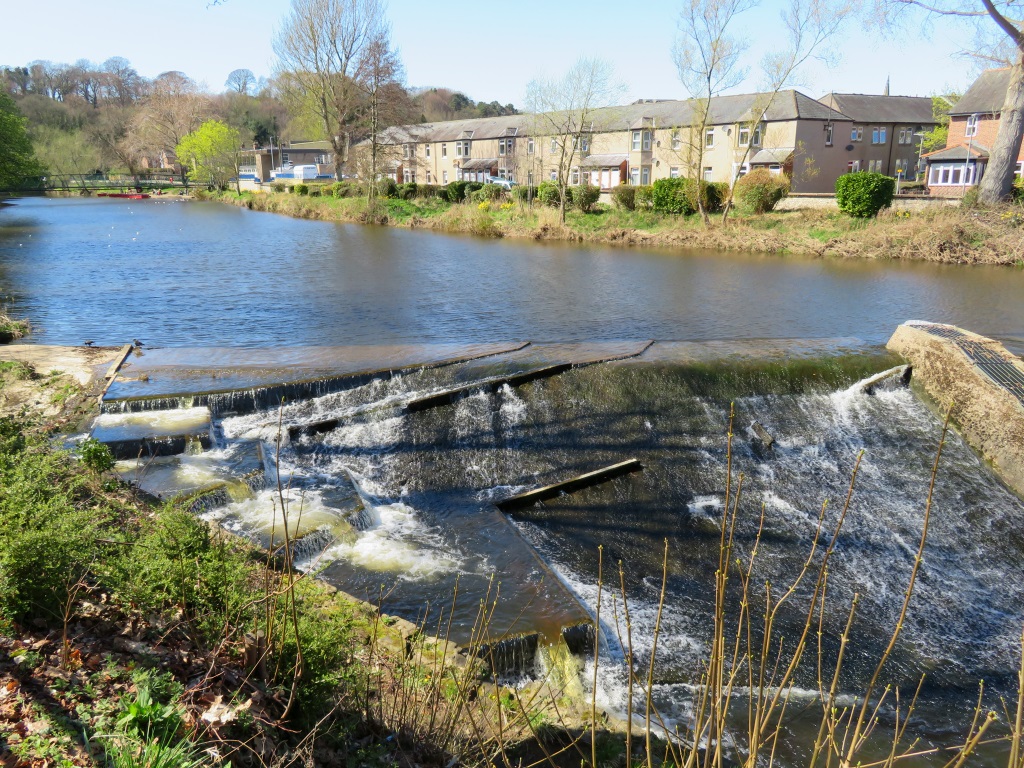

The Spoons have a tradition of naming their pubs based on the history of the town or the old building they invariably inhabit. The inevitable offering in a town of this size is called the Electrical Wizard.

Walford Brodie was an early-20th-century magician who incorporated electricity into his act and the 'Electricity Wizard of the North' performed in this former theatre. Born in Aberdeen, he seems to have no other association with the town meaning he spent as much time in Morpeth as SlyBob combined.
There are no awards for their nearly-out-of-date ale but the Director of Contrived Waterhole Naming gets a fizzling (4/5) for this piece of Edwardian-era trivia despite the weak, local connection.
There's been a slight '70s theme pervading all of this nonsense although one was unable to be shoehorned in around William Turner.
If you lived in the North East during that decade, you'll remember T & G Allan, a staple for stationery on every high street. They'd go on to be swallowed up by John Menzie™s then WH Smith™s but the last remaining one is here in Morpeth.

Staring at the familiar facade has triggered some fond and funny memories from the old salad days and has got Bob smirking.
I know! I know! It's a horrible habit. Should really give it up, really.
